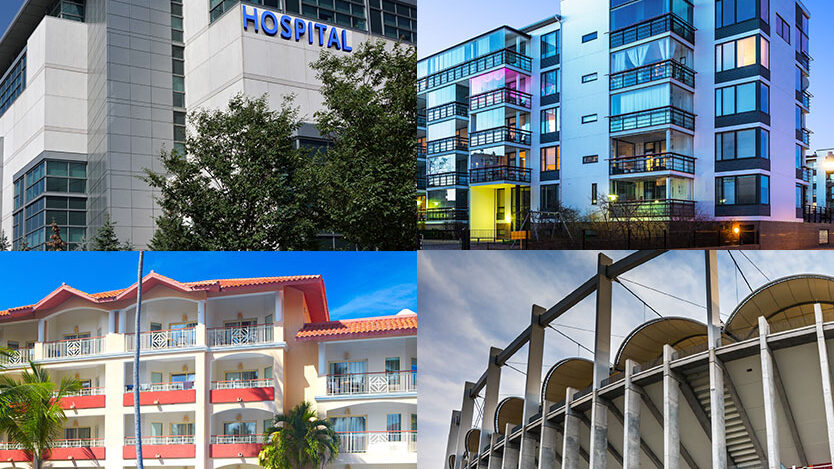Improving Wireless Connectivity and Performance in Multi-Dwelling Settings for Maximum User Contentment
Improving Wireless Connectivity and Performance in Multi-Dwelling Settings for Maximum User Contentment
Blog Article
Within the current world, having a robust and reliable Wi-Fi signal is crucial, particularly in multi-dwelling environments like apartments or condo complexes. Numerous individuals depend on the network for work, school, and entertainment. Nonetheless, Wireless transmissions can have difficulty to extend to every corner of these buildings due to various barriers. These hindrances can consist of partitions, levels, and other digital equipment that interfere with the signal. To improve Wi-Fi connectivity and performance in these settings, it is important to grasp some foundational concepts of Wi-Fi communication.
One efficient way to boost Wireless performance is by strategically placing routers and access points throughout the building. A middle placement is usually best, as it allows the coverage to propagate uniformly in all areas. In spacious multi-dwelling units, multiple access points may be necessary. These devices help extend the range of the wireless infrastructure and deliver stronger service to occupants in different sections of the structure. Additionally, deploying equipment that adhere to the current Wi-Fi standards can lead to faster speeds and better overall performance.
Another important factor in optimizing wireless connectivity is minimizing disruption from other electronics. Many household appliances, such as microwaves and cordless phones, can interfere with Wi-Fi transmissions. It is advisable to keep modems away from these appliances to ensure a more stable connection. Additionally, adjusting the channel configuration on a router can help minimize interference from neighboring networks. The majority of devices automatically choose the most suitable channel, view website but manually choosing a less crowded one can improve efficiency.
Regularly updating device software is also crucial for ensuring maximum Wi-Fi stability. Vendors frequently issue updates that fix issues and improve security measures. Maintaining the firmware current ensures that users take advantage of the latest enhancements and defenses against potential risks. Furthermore, tracking network activity helps detect which endpoints consume more resources, allowing for better management of existing resources.
Ultimately, educating residents about proper usage for utilizing Wi-Fi can greatly enhance their experience. Basic steps such as pairing only necessary devices, employing wired links when possible, and regularly rebooting the device can improve reliability. By creating a culture that understands how to maximize their network usage, multi-unit environments can elevate user experience and ensure that all users enjoys a reliable Wi-Fi connection. This integrated approach of planned placement, reducing interference, managing original site equipment, and informing residents will result in a more reliable and enjoyable Wi-Fi usage for all residents.